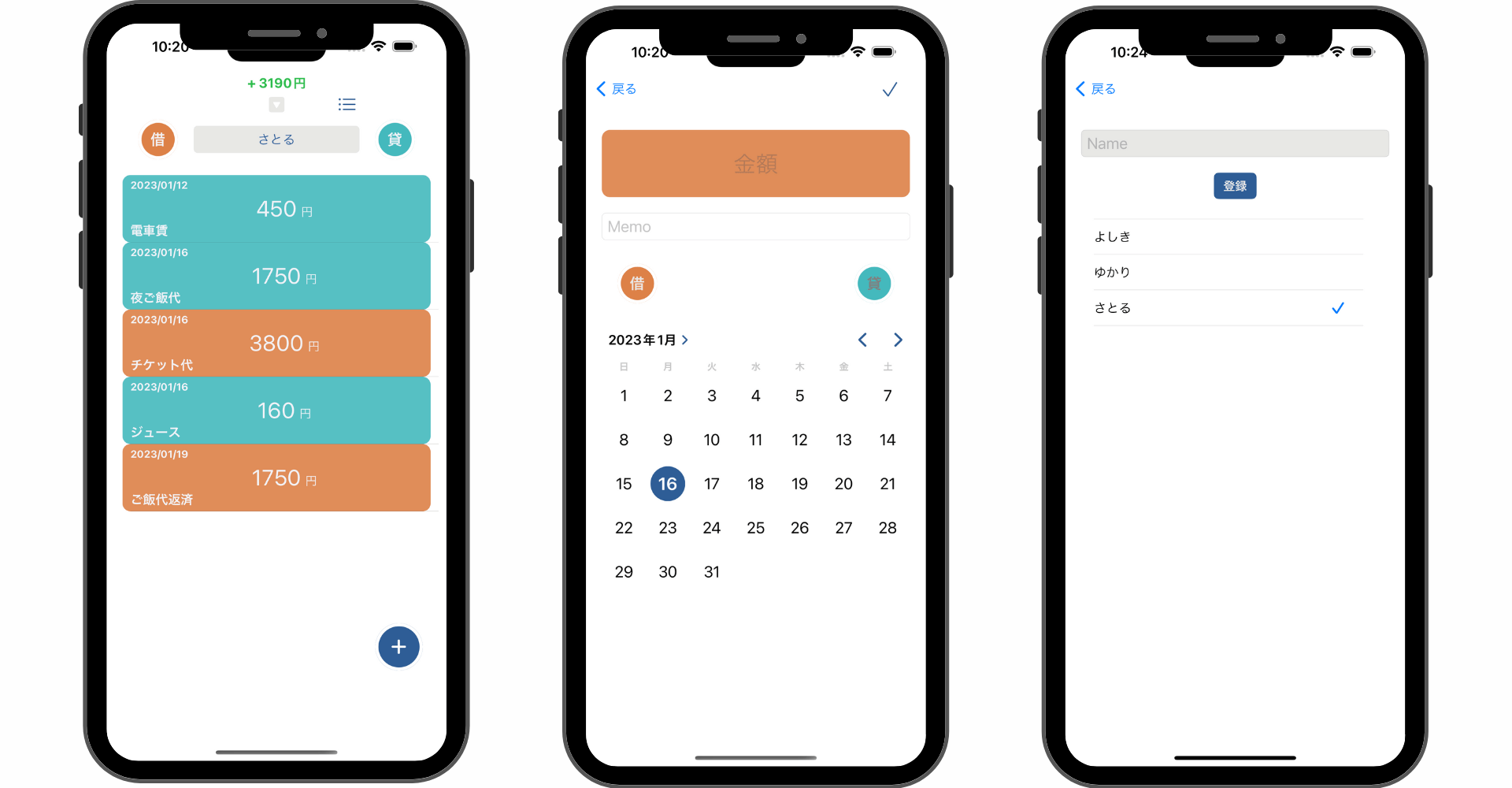【Swift】associatedtypeとは?プロトコルへのジェネリックプログラミング

この記事からわかること
- Swiftのassociatedtypeとは?
- プロトコルでのジェネリクスプログラミング
- ジェネリクスとの違い
- 型への依存を下げるには?
\ アプリをリリースしました /
associatedtypeキーワードとは?
Swiftのassociatedtypeキーワードはプロトコルで使用するジェネリック(具体的な型に依存しない)な型制約を定義するためのキーワードです。「associated」は日本語で「関連する」という意味を持つ英単語です。
Swiftではジェネリックプログラミングに対応するためのジェネリクスという仕様が用意されています。ジェネリクスを使用することで特定の型に依存しない関数や構造体などを定義することができるようになります。一時的な型名としてTが使用されることが多いです。
それをプロトコルでも実装するために使用するキーワードがassociatedtypeキーワードのようです。
使われている場所
associatedtypeはSwiftにあらかじめ定義されているさまざまなプロトコルで利用されておりSwift UIの要であるViewプロトコルにも利用されています。
見てみるとBody型がassociatedtypeが定義されています。Body型に関してはBody : Viewとなっているので最低限Viewプロトコルに準拠している必要があります。
実際に使用してみる
プロトコル内で使用できるジェネリックな型を定義できるので、プロパティやメソッドとは異なり、以下のようにassociatedtypeキーワードを使って定義します。定義した型はプロトコル内のプロパティやメソッドで使用できるようになります。
ご覧いただきありがとうございました。











